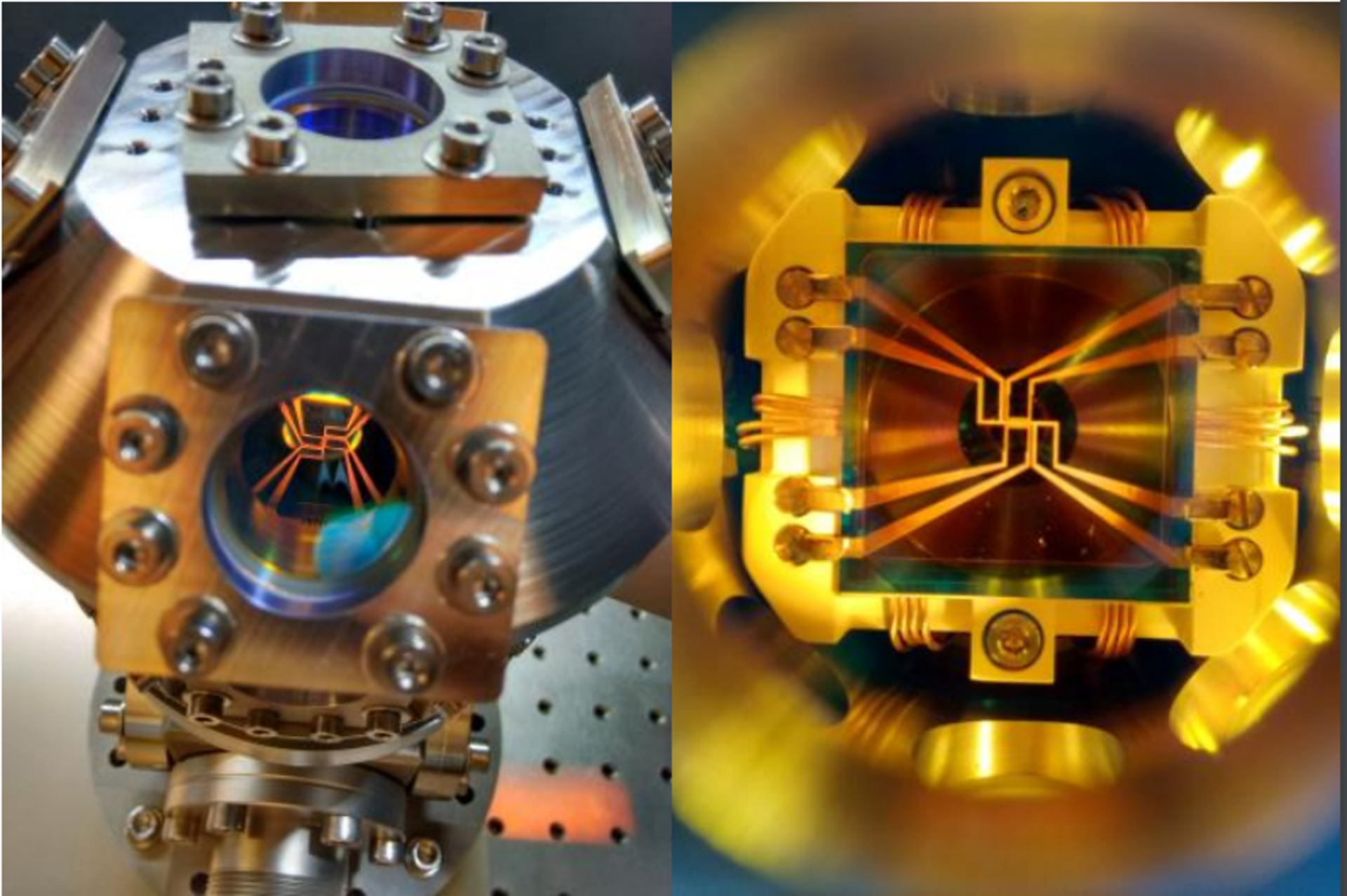New Cold Atom Interferometry Vacuum Chamber Benefits Earth Observation Missions
ESA has been studying a number of mission concepts that would benefit from the use of payloads based on Cold Atom Interferometry (CAI).
Once developed, this technology could benefit future Earth gravity gradiometer missions as well as fundamental physics missions. It could also be used to obtain a Bose –Einstein Condensate (BEC) for scientific research. If it progressed into a gravity gradiometer, this could have commercial applications in geophysics, civil engineering and archaeology , to name a few applications.
One of the essential components of a CAI payload is the vacuum chamber. An activity with TDE and the Rutherford Appleton Laboratory (UK) is designing a compact vacuum chamber for an Earth gravity gradiometer based on CAI.
The activity is developing a flight design and preparing a breadboard model for the assembly chamber, which will also implement key design aspects for space applications.
An initial review and identification of important technologies was followed by the preliminary design, which focused on the vacuum chamber, atom chip, atom dispenser, optics, magnetic shielding and the system level interfaces.
These key subsystems, with the exception of the magnetic shielding, were then further refined to produce a detailed design and, in turn, development of the breadboard, which was manufactured, assembled and used to determine the performance of the chamber and to perform characterisation testing of the magneto-optical trap.
The project concluded with an analysis of the breadboard model performance, review of the requirements for further technology development and a proposed plan for space qualification.
T117-306MM was presented at the Technology Sharing Days in March 2021.


